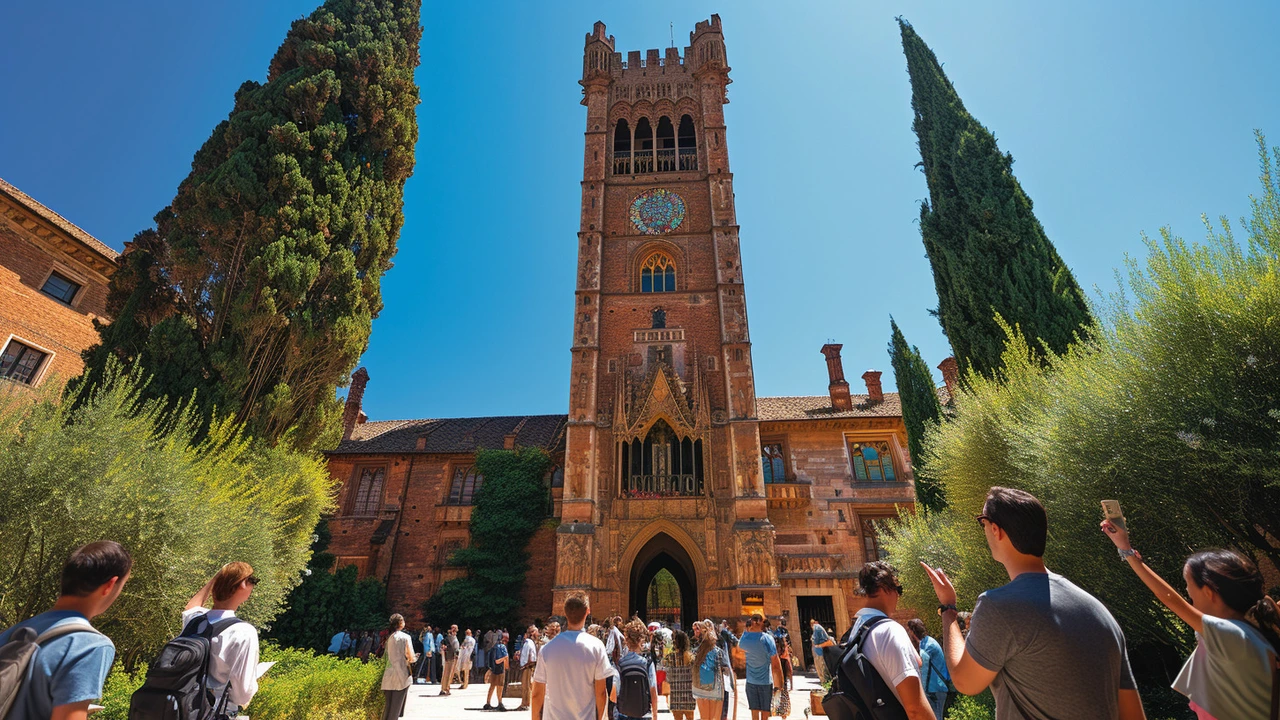Architectural Tourism: See Buildings That Tell Better Stories
Want a trip that actually teaches you something? Architectural tourism turns cities into easy-to-read storybooks. Instead of chasing every famous photo, pick a theme — Roman engineering, Gothic cathedrals, Beaux‑Arts civic centers, or modern postmodern icons — and you’ll notice details others miss.
Plan smart routes
Start by narrowing your focus to a style or period. Use one reliable map app and add three priorities: a major landmark, one mid-size site, and a small hidden spot. For example, in Rome pair the Colosseum with a lesser-known basilica and a neighborhood arch or aqueduct. That mix gives a big-picture view without travel fatigue.
Book tickets ahead for popular sites. Big museums and icons often sell timed entries; arriving late means missing key rooms or losing natural light for photos. If you're visiting a cluster of styles — say Byzantine mosaics and Renaissance plazas — schedule morning visits for interiors and golden-hour strolls for façades.
What to look for on-site
Watch materials, rhythm, and scale. Stone arches and vaults tell you about engineering advances; decorative columns and cornices reveal cultural taste. A building’s windows and doorways often show the era faster than ornate details. Compare nearby structures to notice evolution: a plain Georgian house next to a Greek Revival bank says a lot about changing ideals.
Bring a small notebook or use your phone to tag features: dome type, roofline, window shape, street orientation. These quick notes make later reading more useful. If you love photography, come early for soft light and late for dramatic shadows on ornamented façades like Baroque or Beaux‑Arts examples.
Talk to locals and guides. A 20-minute chat with a museum guide or a shop owner can point you to hidden gems — a converted craft workshop, a private chapel, or a famous architect’s lesser-known house. Walking tours focused on a style give context you won’t get from selfies alone.
Respect active sites. Many architectural treasures are still places of worship or working government buildings. Dress and behave accordingly. Keep noise low and follow photography rules; restricted access often protects fragile interiors like mosaics or frescoes.
Mix famous and small. See the big icons for context — Hagia Sophia, Colosseum, a Gothic cathedral — but leave room for the quiet stuff: a neighborhood row of Craftsman houses, a turned‑of‑the‑century Art Nouveau shopfront, or an overlooked postmodern plaza. Those spots make the trip feel like discovery, not checklist ticking.
Finally, map what you learn. After each day, add photos and notes to a simple map. Over time you’ll build a personal guide of routes, entrances, and best times to visit. That makes every future trip richer and faster — and you’ll start spotting architectural stories wherever you go.

Gothic Architecture: The Ultimate Guide for Travelers
Hey, fellow globetrotters! Here's your quick and quirky guide to Gothic Architecture, the medieval era's rockstar! Picture this: towering spires, vast stained glass windows, and intricate stone carvings - the ultimate in architectural drama, right? Trust me, these monumental beauties, dotting Europe's landscape, are a must-see, with their ribbed vaults and flying buttresses practically screaming 'selfie time'! So, pack your bags and your spirit of adventure - it's time to go Gothic!
Read more